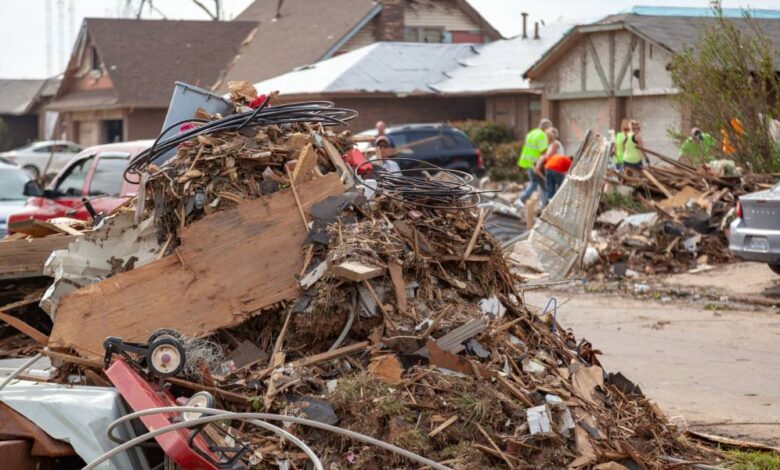Which Natural Disasters Are Dangerous for Your Home?

Natural disasters can unleash devastating forces capable of causing significant damage to homes and communities. Understanding which disasters pose the greatest threat to your home is crucial for effective preparedness and risk mitigation. Factors such as geographical location, climate, and local infrastructure play pivotal roles in determining the types of natural disasters most likely to affect an area.
Whether it’s hurricanes, earthquakes, floods, or wildfires, each disaster brings unique challenges and requires specific strategies to safeguard your property and ensure the safety of your loved ones. Let’s look at which natural disasters are the most dangerous for your home and how you can protect yourself and your property.
Hurricanes
Hurricanes are powerful tropical cyclones that form over warm ocean waters. These storms can bring destructive winds, heavy rains, and storm surges that inundate coastal areas. The Atlantic hurricane season runs from June 1 to November 30 and typically peaks in September. In recent years, hurricanes have caused widespread damage along the Gulf Coast and East Coast of the United States.
To prepare for a hurricane, have a plan in place before one strikes. This may include having emergency supplies, securing or reinforcing your home’s structure, and following evacuation orders if necessary. Additionally, staying informed through reliable sources, such as local news and national weather services, can help you make informed decisions during a hurricane.
Earthquakes
Earthquakes are sudden and violent movements of the earth’s surface caused by shifting tectonic plates. These natural disasters can strike without warning and are most common in areas near fault lines. While most earthquakes don’t pose a significant threat to homes, strong tremors can cause severe damage to buildings, bridges, and other structures.
The best way to protect your home from an earthquake is by reinforcing its structure. This may involve retrofitting or bolting your home’s foundation to prevent it from shifting during an earthquake. You should also secure heavy objects, such as furniture and appliances, that could become hazardous during tremors.
Floods
Floods are among the most common and destructive natural disasters. Heavy rainfall, storm surges, or dam failures can cause them. Even a few inches of water can cause significant damage to homes, including structural damage, mold growth, and electrical hazards.
To protect your home from flooding, you need to understand your risk level and take appropriate precautions. This may involve elevating your home if you live in a flood-prone area or installing flood barriers around your property. You should also have a plan for evacuation in case of flash floods. Focusing on flood preparedness and keeping you safe can be the difference between life and death.
Wildfires
Wildfires are large and uncontrolled fires that spread quickly through forests, grasslands, and other vegetation. Lightning strikes or human activities, such as campfires or discarded cigarettes, can start them. In recent years, wildfires have become more frequent and devastating due to climate change.
To protect your home from a wildfire, remove flammable materials and maintain fire-resistant landscaping around your home. You should also have an evacuation plan in place and follow any orders given by local authorities.
Natural disasters can cause significant damage to homes and communities. You need to understand the specific risks in your area and take appropriate measures to protect yourself and your property. By being prepared and staying informed, you can minimize the impact of these dangerous events. Remember, it’s always better to be safe than sorry when it comes to natural disasters.




